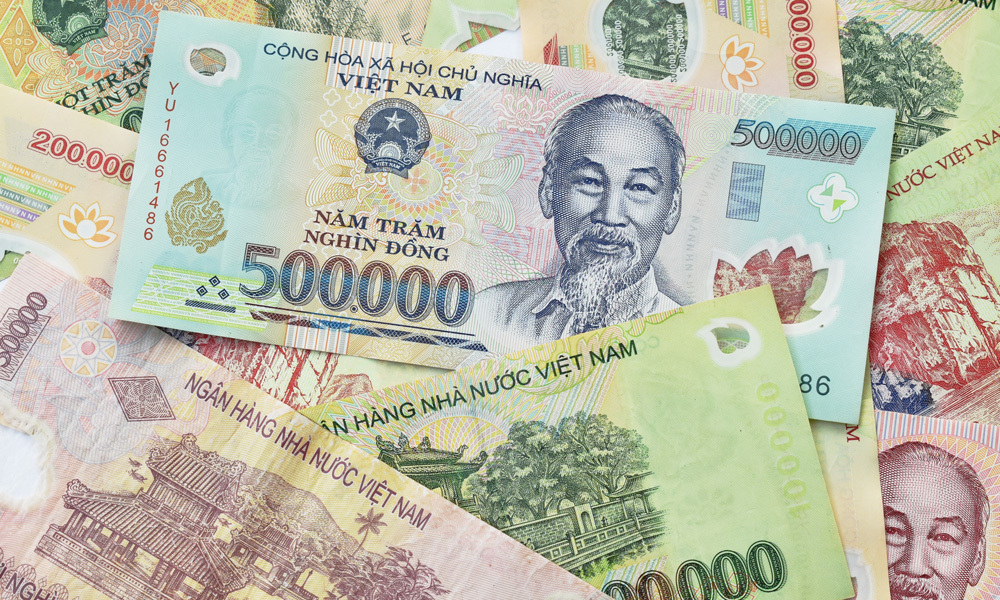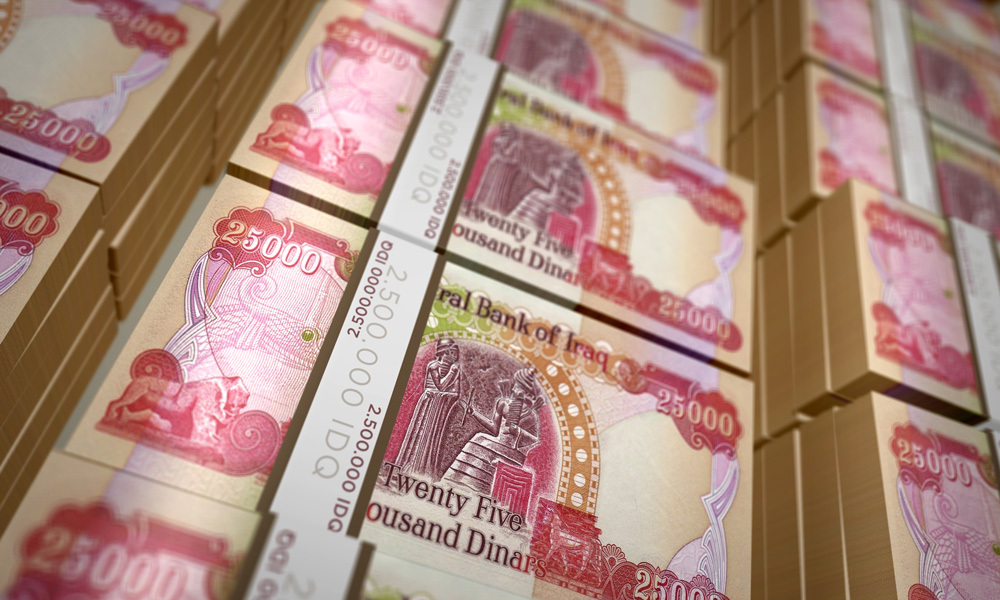The California Gold Rush led to the opening of the San Francisco Mint in 1854, but when the largest silver strike in US history was made in Nevada, the country found itself with massive amounts of silver on hand. It was both too expensive and too dangerous to transport the silver to San Francisco for coining, so on March 3, 1864, Congress authorized establishment of a branch mint in Carson City, Nevada to meet the task.
Carson City Kickoff
Ground was broken for the Carson City Mint on July 18, 1866. Alfred B. Mullett, who had designed the San Francisco Mint, was chosen as its architect, and Abraham Curry, the founder of Carson City, was appointed its first superintendent by President Ulysses S. Grant. Curry also supervised the mint’s construction, which was not completed until December 13, 1869. The sandstone building’s design was of the Renaissance Revival period and contained a single coin press when it ipened.
Carson City Coins
The first coins were produced at Carson City on February 11, 1870. They were Seated Liberty silver dollars and bore a “CC” mintmark. They continued to be minted until production of silver dollars was suspended.by the Coinage Act of 1873.
Seated Liberty half dollars were also struck at Carson City in 1870 along with quarters. Three gold coins were also minted at Carson City—the $5 Half Eagle, the $10 Gold Eagle, and the $20 Double Eagle.
Seated Liberty dimes began production there in 1871 and continued through 1878, followed by the ill-fated Trade Dollar (1873-85) and Twenty-cent piece (1875-76).
When silver dollar production began again in 1878 with the new Morgan dollar design, Carson City minted them through 1893. Minting of smaller denomination silver coins was halted at Carson City after 1878, but gold coins remained in production along with silver dollars until the mint was closed in 1893.
During its 23 years of operation, the Carson City Mint issued 50 types of silver and 57 types of gold coins. Due to its brief existence and limited production, coins from the Carson City Mint are quite popular among collectors, with the 1878-1893 Morgan dollars particular favorites.
Suspension and Closure
From 1886 to 1889 production was suspended at Carson City due to political squabbles during the Grover Cleveland administration. Minting resumed in the fall of 1889 but falling production of silver at the Comstock Lode and demand for coins led to the mint’s decommissioning in 1893.
It served as a US Assay Office until 1933 and was sold to the state of Nevada in 1939. It now houses the Nevada State Museum where the original Press No. 1 is occasionally used to mint commemorative coins bearing the CC mintmark.


